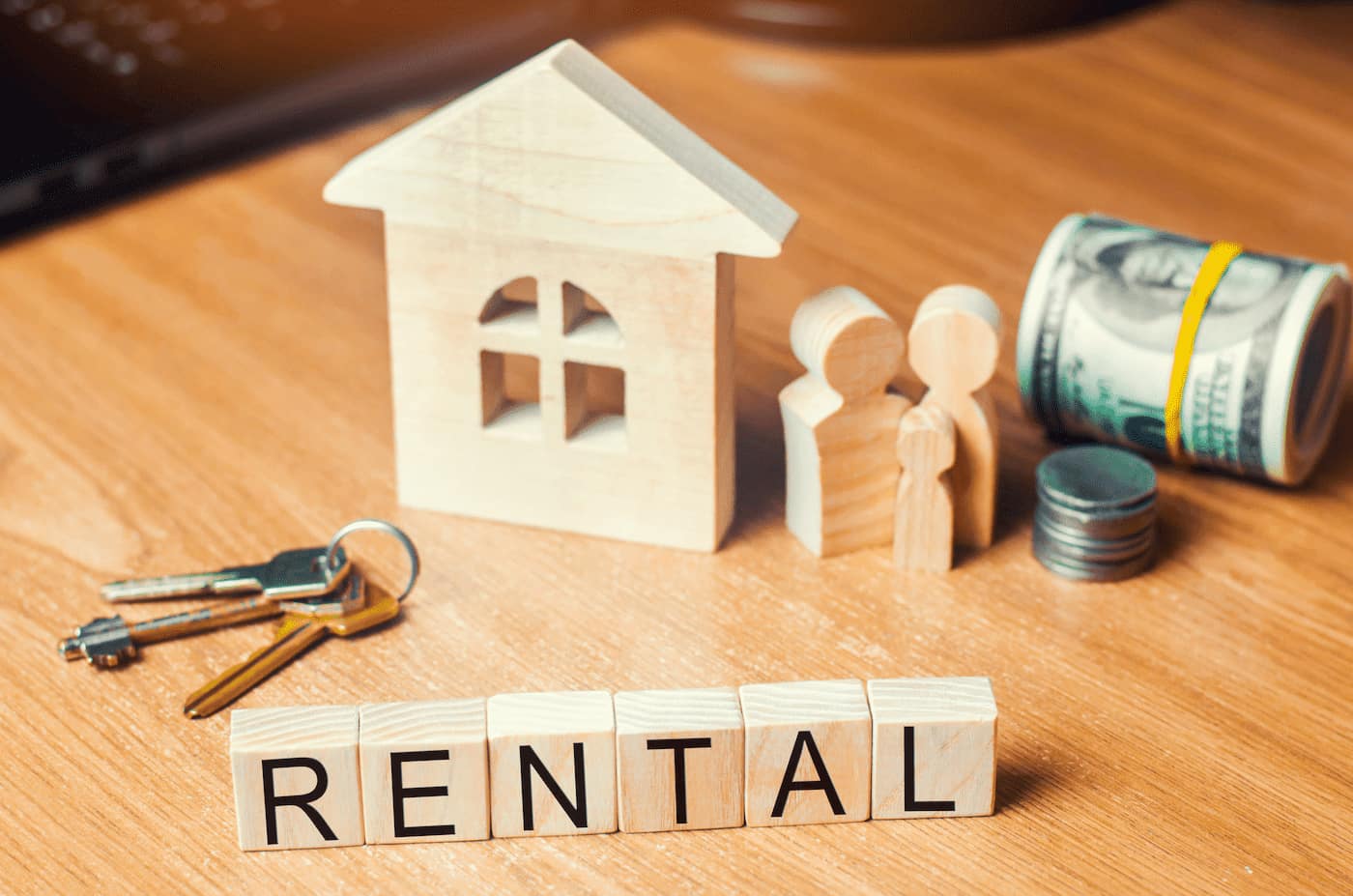
Rental Property Improvement Tips to Increase Value
It does not take significant renovations to make your property attractive to possible tenants, but if there is room in your budget, paying a little more for a finished look will allow you to increase your monthly rent.
If landlords plan to spend money on improving their rental property but want to stick to a budget, it is crucial to focus on the right things and add upgrades that increase rental value.
Start with the Basics
Curb Appeal
At a minimum, the exterior of your property should always be clean and well-maintained. First impressions matter to prospective tenants, and some make their minds up before ever taking a step inside.
- Make sure the property is free from debris and overgrowth.
- Gutters and drains should be clear and well maintained.
- Cracked or raised concrete is no only unsightly; it poses a safety issue and should be repaired immediately.
- Keep landscaping simple and easy to maintain.
Interior
For starters, consider hiring a professional cleaning company.
A fancy kitchen may be impressive, but it will not matter if you have a leaky roof, debris-filled yard, peeling paint, or stained carpet.
Once there are clean walls, polished floors, and shampooed carpets, it is easier to prioritize what updates are most needed.
Paint
Painting the interior walls of your rental property between tenants is standard practice for most landlords. In addition to aesthetic appeal for potential renters, it allows you to check up on any wear and tear on the walls between tenant occupancy.
Renters prefer light, neutral colors that make it easy to incorporate their personal style. Using a higher grade of paint will make it easier to remove stains and marks.
Kitchen and Bath
Kitchen and bathroom remodeling, both minor and significant, has proven to be the best way to boost property values.
Apart from watching television and sleeping, most Americans spend most of their hours at home in the kitchen (cooking, food prep, eating) and bathroom (personal care).
Because renters see value in these rooms, kitchen and bathroom remodels are most likely to offer the best ROI for landlords.
While you can update other rooms with paint and design elements, most kitchen and bathroom(s) aspects are permanent, regardless of décor changes.
If complete renovations are not in your budget, minor fixes like painting cabinets, changing cabinet and drawer handles, and swapping out the light fixtures can make a big difference in the value of your property.
Fixtures
Kitchen and bathroom fixtures can get dingy quickly. Replace any damaged fixtures and consider changing any fixtures that are more than ten years old, regardless of the condition.
Shiny chrome finishes are attributed to standard grade. A step up to finishes like brushed nickel or oil-rubbed bronze will boost and refine your property.
Regardless of what finish you choose, making sure all fixtures have the same finish will add polish to space.
Appliances
While you don’t have to splurge on top-of-the-line appliances, choosing energy-efficient options is a plus.
Upgrading appliances to stainless steel will give an updated look to any kitchen. Matching the finishes of the refrigerator, dishwasher, microwave, and oven will instantly improve the kitchen’s overall style by giving it a cohesive look.
Countertops
Plastic laminate countertops do not hold up to regular use and can be discolored by liquids and burns.
Installing solid-surface material will improve the look of any kitchen and bathroom and stand the test of time.
Consider one of these other options to achieve a sleek, modern look that will stand the test of time:
- Acrylic/polyester composites
- Ceramic tile
- Granite slabs
- Stained concrete
Granite tile or prefabricated granite is a more budget-friendly option than granite slabs while still providing an upgraded look that will set your property apart from the competition.
These materials may be more pricey up front, but choosing material that will withstand heat, scratches, and stains will save you on replacement costs down the line.
Flooring
When exploring flooring options, landlords should look at the price and durability, and resiliency to wear and tear.
Carpet
Pros. Carpet is often the standard choice for rentals due to the lower pricing options and ease of installation.
Not only can it be warm and welcoming, it also helps with sound control, which is especially important in multi-unit properties.
Cons. While carpet is often the most affordable option, it requires professional cleaning and generally more upkeep from both you and your tenants.
Carpet is not ideal for high-traffic areas because it can wear out faster than other flooring materials and requires frequent professional cleaning.
Not only can it harbor dust, allergens, and even tiny pests, the damage is not easily repaired.
Because carpet holds moisture that can cause mold, it should be avoided in bathrooms and kitchens.
Vinyl
Pros. Vinyl is trendy and affordable. It is one of the most resilient flooring options. Its moisture resistance and durability make it an ideal choice for bathrooms, laundry rooms, and kitchens.
A luxury vinyl or tile will cost a little more upfront but will prove more durable. Cleaning and maintenance are more manageable and will last longer, ultimately saving you money.
Vinyl absorbs noise better and is softer on the feet than materials like tile, stone, and wood. Vinyl options come in various colors and patterns, including faux stone, wood, and tile.
Cons. Sheet vinyl is difficult to repair, replace and remove. Since sharp objects can easily gouge vinyl, consider using vinyl tiles.
Tile
Pros. One of the best options for kitchens and bathrooms is tile. Not only is it waterproof and easy to clean, but it is also non-porous and will not harbor germs and bacteria with proper care.
Ceramic tile is durable and long-lasting, holding up well in high-traffic areas.
With so many sizes and colors available, there are plenty of design options.
Cons. The downside is that tile is very hard, making it less comfortable to stand or walk on. It can also be frigid in the winter months.
Unlike carpet and vinyl, tile has no sound-absorbing properties and can amplify noises by creating an echo. The noise factor alone may make it a poor choice for larger rooms in multi-unit buildings.
Hardwood
Pros. The warmth and beauty of hardwood make it an excellent choice for your rental. Not only is it durable and moisture resistant, but it is also softer and more comfortable on the feet than options like stone or tile.
Hardwood is easy to clean and adds a touch of class to your unit.
While carpet and vinyl will need to be replaced periodically, hardwood can be refurbished by sanding and staining.
Cons. Hardwood is affected by fluctuations in temperature, causing it to shrink or expand.
They must be properly maintained and periodically checked for water damage, a breeding ground for mold.
Final Thoughts
Landlords should be careful to choose elements that work best for the property, not what they would personally pick for their own homes.
Planning the most efficient and cost-effective choices increases the rental value of your property and attracts the quality tenants you are looking to attract.
A property management company can help you prioritize the right upgrades to increase the value of your property. Making wise choices will ensure you see the fruits of your labor in your bottom line.




